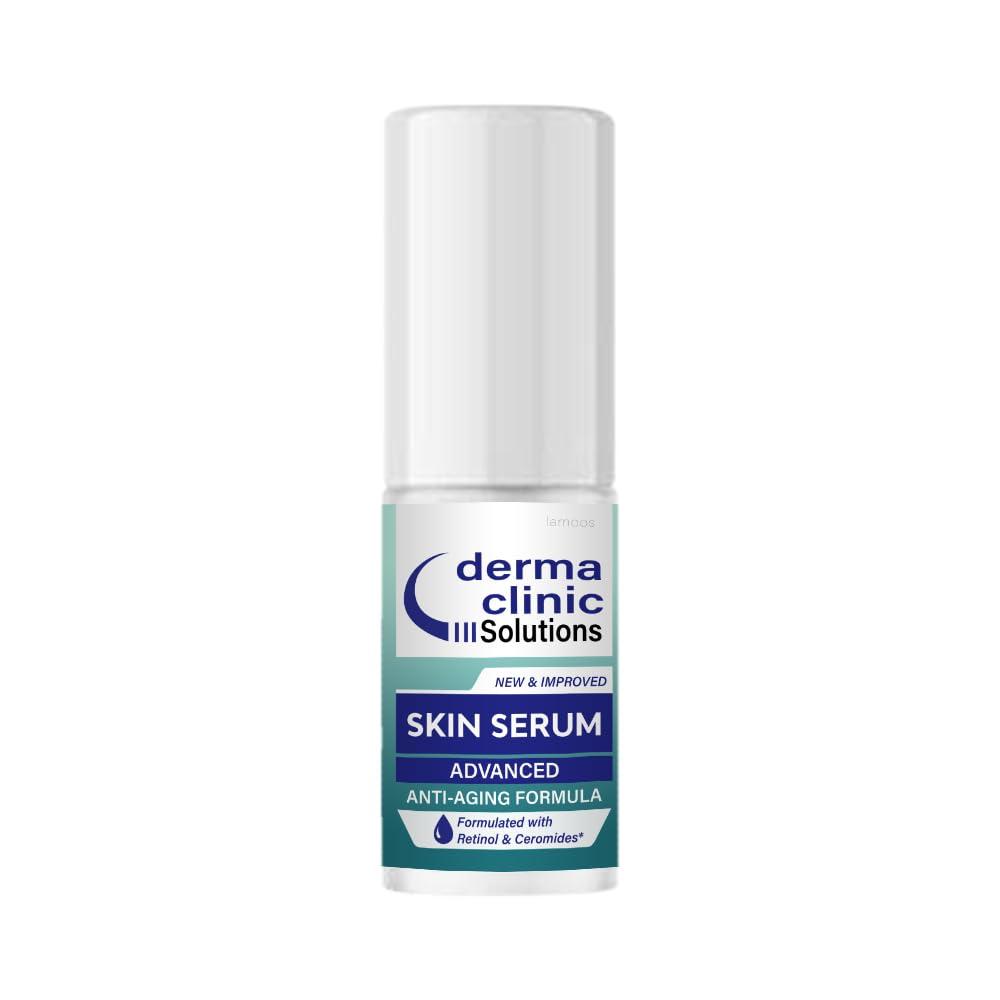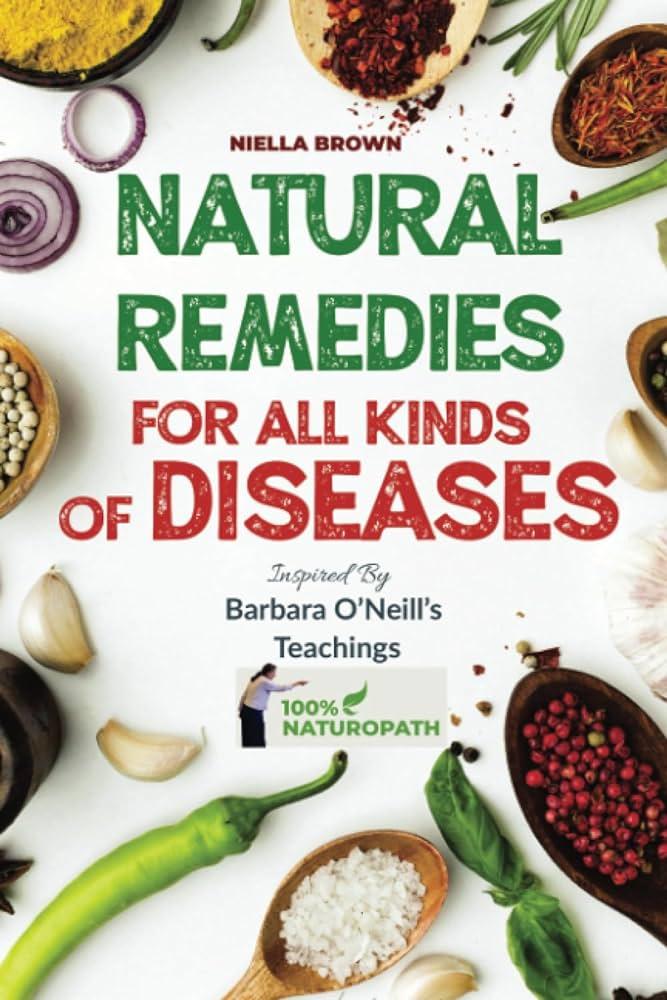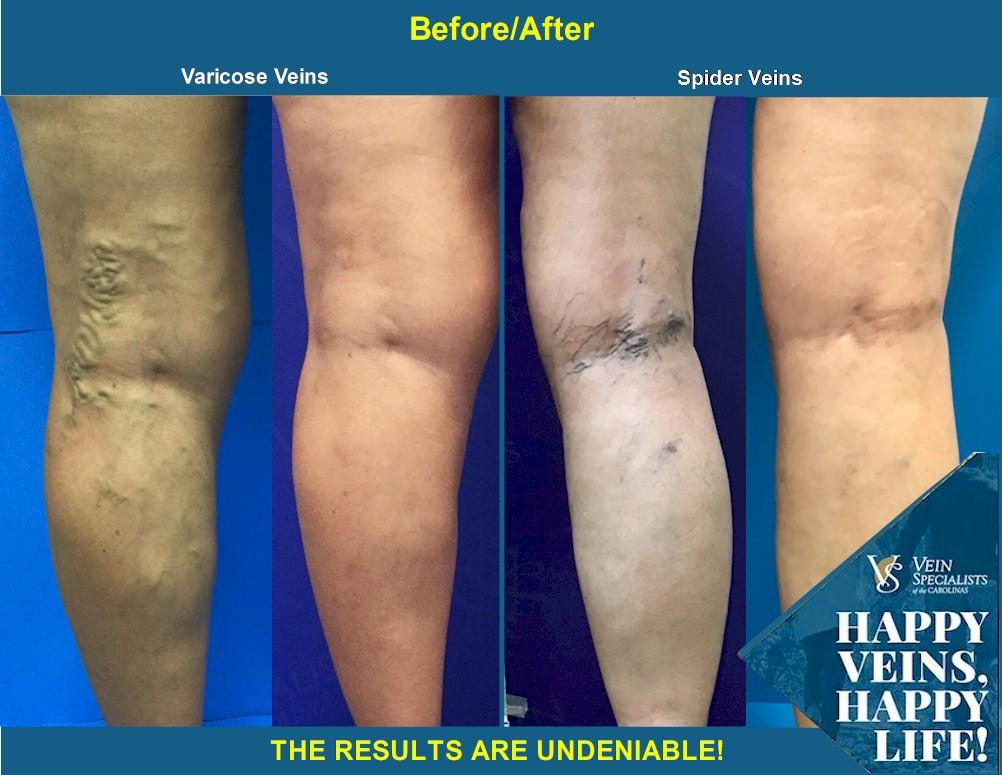In the quiet tapestry of human anatomy, where every thread tells a story of function and form, leg veins often remain an unsung silhouette. Yet, these intricate networks of blue and purple vessels hold secrets and whispers that many don’t quite understand until they become a cause for concern. “Leg Veins Unveiled: Causes and Dermatological Remedies” promises to shed light on the complexities wrapped around these vital conduits. Join us on a journey beneath the skin, exploring the undercurrents that shape our daily stride and uncovering the modern remedies that dermatology offers to keep us walking with confidence.
Understanding the Anatomy: A Deep Dive into Leg Veins
The human leg houses an intricate network of veins that play a crucial role in returning blood to the heart. The two primary categories are **superficial veins** and **deep veins**. Superficial veins, located closer to the skin, include the great saphenous and small saphenous veins. Deep veins, found deeper within the leg muscles, include the femoral and popliteal veins. These veins are interconnected by perforator veins that allow blood to flow from the superficial to the deep venous system.
Understanding the **functional dynamics** of leg veins sheds light on common issues. Veins contain one-way valves that prevent blood from flowing backward. When these valves malfunction, it leads to venous insufficiency, causing blood to pool. This can result in varicose veins, characterized by twisted, bulging veins visible beneath the skin. Other conditions like spider veins, which are smaller and closer to the skin surface, can also arise due to valve issues.
The **causes** of venous issues in the legs are multifaceted. Some common factors include:
- Genetics
- Prolonged standing or sitting
- Obesity
- Hormonal changes
- Aging
Addressing these underlying causes often requires lifestyle adjustments to improve overall vein health.
For those suffering from vein-related concerns, **dermatological treatments** offer varied remedies:
- Sclerotherapy: A solution is injected into the vein, causing it to collapse and fade.
- Laser Treatments: Focused light energy targets and diminishes spider veins.
- Compression Therapy: Special stockings improve blood flow and alleviate symptoms.
Efficacy of treatments depends on the severity and specific condition of the veins in question. Dermatologists can tailor solutions based on individual needs to ensure the best possible outcomes.

Common Culprits: Identifying Causes Behind Leg Vein Issues
Several lifestyle choices and health factors contribute to the development of leg vein issues. One of the most common reasons is prolonged periods of standing or sitting, which puts strain on the veins in the lower extremities. This strain can lead to pooling of blood, causing the veins to enlarge and become varicose. Many professions such as teachers, healthcare workers, and office employees are more susceptible to this issue due to their work requirements.
- Genetics: If your family has a history of varicose veins, you’re more likely to develop them.
- Age: The risk increases as veins lose elasticity over time.
- Obesity: Excess weight puts additional pressure on the veins.
- Hormonal Changes: Pregnancy, menopause, and hormonal treatments can affect vein health.
Poor circulation is another significant player in leg vein problems. When blood flow becomes sluggish due to factors such as heart conditions, diabetes, and high blood pressure, it can lead to increased pressure in the veins. To effectively manage and mitigate these factors, it’s crucial to maintain a healthy lifestyle that includes regular exercise to enhance blood circulation.
Environmental factors also play a crucial role. Heat exposure, such as hot baths and sunbathing, can cause veins to dilate. On the other hand, cold weather can lead to constriction, making symptoms seem worse. Properly understanding and managing these lifestyle elements can help in preventing leg vein problems and ensuring better dermatological health.

Dermatological Solutions: Advanced Treatments for Leg Veins
One of the most common dermatological issues affecting the legs is the appearance of unsightly veins. These issues range from spider veins to more severe varicose veins, each having unique manifestations and treatments. Advanced dermatological solutions offer a plethora of cutting-edge treatments designed to improve your leg’s appearance and overall health.
- Spider Veins: Tiny, thin veins appearing predominantly on the legs and face. Methods like sclerotherapy and laser treatments are commonly used to address this issue.
- Varicose Veins: Larger, swollen veins that often cause discomfort or pain. Endovenous laser therapy (EVLT), foam sclerotherapy, and radiofrequency ablation are among the popular treatment options.
Here is a brief comparison of some advanced treatments:
| Method | Procedure | Recovery Time |
|---|---|---|
| Sclerotherapy | Injecting a solution directly into the vein | Few days |
| Laser Treatments | Using light energy to collapse veins | Around a week |
| EVLT | Laser fiber inserted through a catheter | 1-2 weeks |
Choosing the right treatment depends on various factors, including the severity of the vein issue, your overall health, and your lifestyle. Consulting a board-certified dermatologist can provide valuable insights tailored to your needs. The advancements in these procedures allow many to return to their daily activities with minimal downtime, offering a promising path to smoother, vein-free legs.

Natural Remedies and Daily Practices for Healthy Leg Veins
The journey to vibrant leg veins involves a mix of natural remedies and daily practices, each playing a crucial role in maintaining vein health. One effective home remedy is the use of **compression stockings**. These stockings are not just a clinical accessory; they are potent tools in promoting blood circulation and reducing vein discomfort. By gently squeezing the legs, they help to propel blood flow upward, combatting the natural pull of gravity which can often lead to pooling blood and vein issues.
Another natural ally for your leg veins is **elevating your legs** whenever possible. This simple practice, especially after a long day of standing or sitting, can significantly reduce the pressure on your veins. Either prop your legs up on a pillow while lying down or use a footstool if you’re seated. Combine this with a session of **gentle leg exercises** like ankle rotations or calf raises to further stimulate blood flow.
Incorporating specific foods into your diet can also make a noticeable difference. **Berries**, for instance, are packed with antioxidants that support vein health. Consider adding the following to your meals:
- Blueberries – Packed with anthocyanins that strengthen vein walls.
- Citrus fruits - Rich in Vitamin C, which enhances collagen production for stronger veins.
- Leafy greens – High in fiber and low in calories to maintain a healthy weight, reducing vein strain.
Essential oils can be another beneficial practice. Oils like **cypress** and **rosemary** are known for their vasoconstrictive and anti-inflammatory properties, which can support vein health. Here’s a quick guide on how to utilize essential oils for your leg veins:
| Essential Oil | Application Method |
|---|---|
| Cypress | Mix with a carrier oil and massage into legs. |
| Rosemary | Add a few drops to your bath or a warm compress. |

Preventive Measures: Lifestyle Changes to Support Vein Health
One of the most effective ways to promote vein health is by making carefully considered lifestyle changes. These adjustments can significantly reduce the risk of vein-related issues such as varicose veins and spider veins. First and foremost, incorporating regular physical activity into your daily routine is paramount. Exercise facilitates better blood circulation, which is crucial for venous function. Activities like walking, swimming, and yoga are particularly beneficial, as they are low-impact yet highly effective in promoting venous return.
A healthy diet is another cornerstone of maintaining optimal vein health. Consuming foods that are rich in fiber, vitamins, and antioxidants can strengthen vein walls and improve blood flow. For instance, citrus fruits, leafy greens, and whole grains are excellent choices. Additionally, staying hydrated by drinking plenty of water supports overall vascular health. To help you get started, here’s a quick reference table for foods beneficial for vein health:
| Food | Nutrient Benefit |
|---|---|
| Berries | Antioxidants |
| Leafy Greens | Vitamins A, C, and K |
| Whole Grains | Fiber |
| Citrus Fruits | Vitamin C |
Wearing compression garments can also be a game-changer when it comes to vein health. These specially designed stockings apply gentle pressure to your legs, helping to reduce swelling and improve blood circulation. Compression garments are particularly helpful for individuals who spend prolonged periods standing or sitting, as these positions can compromise venous return. It’s important to consult a healthcare provider to determine the right level of compression for your specific needs.
adopting good posture and elevating your legs regularly can further enhance venous circulation. Simple practices such as propping your feet up on a cushion while sitting or periodically elevating your legs above the level of your heart can make a significant difference. Additionally, avoid crossing your legs for extended periods, as this can restrict blood flow. Here are a few helpful tips:
- **Take short walks during long periods of sitting.**
- **Use a footrest if your feet don’t reach the floor when seated.**
- **Practice stretching exercises to promote flexibility and circulation.**
Q&A
Q&A for “Leg Veins Unveiled: Causes and Dermatological Remedies”
Q1: What exactly causes leg veins to become visible?
A1: Leg veins can become visible due to a variety of reasons. The primary culprits include genetic predisposition, prolonged standing or sitting, obesity, and hormonal changes. When the walls of the veins weaken, blood can pool, leading to the appearance of spider veins or varicose veins. Age also plays a significant role, as wear and tear on vein valves over time can make them more noticeable.
Q2: Are there different types of visible leg veins?
A2: Yes, there are two main types. Spider veins are small, thin veins that lie close to the surface of the skin and often appear red, blue, or purple. They can resemble tree branches or spider webs. Varicose veins are larger, bulging veins that are often twisted and can cause discomfort or pain. These veins are typically bluish or dark purple and can be seen protruding from the skin.
Q3: Do lifestyle factors influence the development of leg veins?
A3: Absolutely. Lifestyle factors like prolonged periods of standing or sitting, lack of exercise, and poor diet can exacerbate the development of leg veins. Wearing high heels frequently and crossing legs while sitting can also contribute to vein issues. Maintaining an active lifestyle, exercising regularly, and making healthy dietary choices can help mitigate these risks.
Q4: How can one prevent leg veins from becoming more prominent?
A4: Prevention strategies include maintaining a healthy weight, exercising regularly to improve blood circulation, and elevating your legs when resting. Wearing compression stockings can also help support the veins and improve blood flow. Avoiding prolonged periods of inactivity and making dietary adjustments to reduce salt intake and encourage better circulation are also recommended.
Q5: What dermatological treatments are available for leg veins?
A5: Dermatological treatments vary based on the severity and type of vein issue. Sclerotherapy is a popular method where a solution is injected into the vein, causing it to collapse and fade. Laser therapy uses focused light to diminish the appearance of spider veins. For more severe cases, procedures like endovenous laser treatment (EVLT) or vein stripping might be recommended. Consulting a dermatologist is essential to determine the most effective treatment plan.
Q6: Are there any risks or side effects associated with these treatments?
A6: Like any medical procedure, these treatments do come with potential risks and side effects. Sclerotherapy might cause temporary bruising, swelling, or skin discoloration. Laser treatments can sometimes result in blistering or changes in skin pigmentation. More invasive procedures like vein stripping carry risks such as infection or deep vein thrombosis. It’s crucial to discuss these possibilities with a qualified dermatologist before proceeding.
Q7: Are there any natural remedies or lifestyle changes that can reduce the appearance of leg veins?
A7: Several natural remedies and lifestyle changes can help manage the appearance of leg veins. Regular exercise, especially activities like walking or swimming, can boost circulation. Elevating the legs and avoiding prolonged standing can also reduce vein pressure. Some people find relief using natural supplements like horse chestnut extract or grape seed extract, both known for their vein-supportive properties. However, it’s wise to consult with a healthcare professional before trying any new supplement.
Q8: Is there a particular age group more susceptible to developing visible leg veins?
A8: While visible leg veins can develop at any age, they are more common in individuals over the age of 50. Aging causes natural wear and tear on vein valves, making them more likely to leak blood back into the veins and causing them to become visible. However, younger people, especially those with genetic predispositions or certain lifestyle factors, are not immune.
Q9: How effective are over-the-counter creams and ointments in treating leg veins?
A9: The effectiveness of over-the-counter creams and ointments can vary. Some products aim to reduce vein appearance by improving skin tone and texture, though they typically offer temporary results. These topical treatments often contain ingredients like retinol or vitamin K, which may aid in strengthening the skin and reducing minor inflammation. For more significant or lasting solutions, medical treatments are generally more effective.
Q10: Can visible leg veins be a sign of a more serious condition?
A10: In some cases, yes. While visible leg veins often pose more of a cosmetic issue, they can sometimes indicate underlying venous insufficiency or other circulatory problems. Symptoms such as swelling, aching, heaviness in the legs, or skin ulcers might warrant a more detailed medical evaluation. Consulting with a healthcare provider is important if you experience any additional symptoms.
In essence, visible leg veins are a common concern with multiple causes and a variety of effective treatments available. Whether opting for lifestyle changes, natural remedies, or dermatological procedures, understanding the options and potential risks is key to finding the right solution for your needs.
Wrapping Up
As we close the chapter on our exploration of leg veins, one thing remains clear: beneath the surface, there are stories of bloodstreams and pathways, vulnerabilities, and victories. The tapestry of our veins is a testament to both the resilience and the delicacy of our bodies, emphasizing the importance of understanding, care, and appropriate medical intervention.
Through this journey, we’ve unveiled the myriad causes that can lead to vein concerns, from genetics interwoven into our DNA to lifestyle choices that write new chapters in our vascular health. More importantly, we’ve walked through the corridors of dermatological remedies — therapies that stand as both guardians and healers, ensuring that the roadmap of our veins can be clearer, healthier, and supported.
As you step away from these insights, remember that your veins are not just a hidden network but a vital part of your health narrative. Stay curious, stay informed, and never hesitate to seek professional guidance when your body speaks. The path to wellness may wind through unseen veins, but it’s a journey well worth embarking upon.
In health and harmony,
[Your Name]






